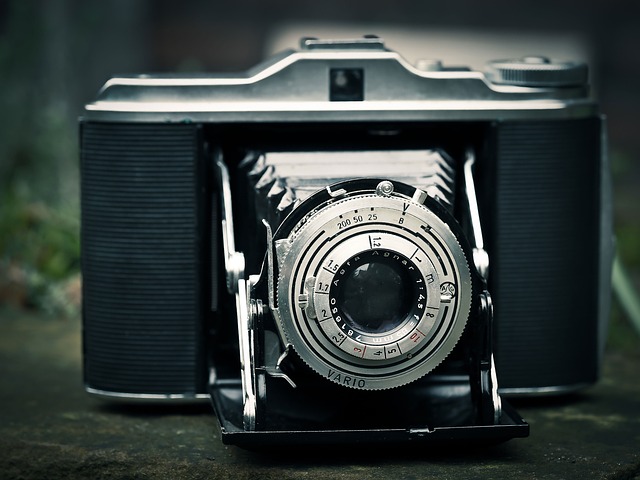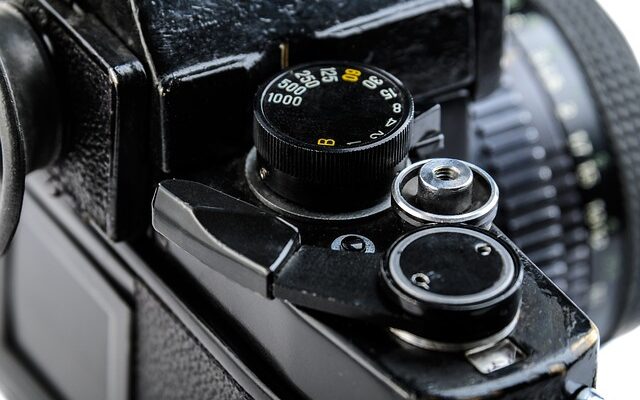Introduction:
Capturing Culture: Culture, the intricate web of beliefs, traditions, customs, and practices that define societies, is a kaleidoscope of human expression. From the vibrant colors of festivals to the subtle nuances of everyday life, culture permeates every aspect of our existence. And what better tool to capture this essence than the camera? Through the lens of a camera, we embark on a journey of exploration, documenting the diverse tapestry of humanity.

Preservation of Heritage:
The camera serves as a custodian of heritage, preserving cultural artifacts and traditions for posterity. In a rapidly changing world, where globalization often threatens to homogenize cultures, photography becomes a means of safeguarding unique identities. Whether it’s photographing ancient temples, traditional crafts, or age-old rituals, each snapshot immortalizes a fragment of history, ensuring that future generations can connect with their roots.
Cultural Exchange:
Photography transcends geographical boundaries, fostering cross-cultural understanding and empathy. Through the lens, we gain glimpses into the lives of people from distant lands, breaking down stereotypes and building bridges of empathy. A photograph taken in a remote village can evoke emotions and spark conversations halfway across the globe, promoting dialogue and mutual respect among diverse communities.

Celebration of Diversity:
The beauty of culture lies in its diversity, and the camera celebrates this kaleidoscope of traditions. From the colorful festivities of Carnival in Brazil to the serene tea ceremonies of Japan, each culture offers a unique perspective on life. Through photography, we capture these moments of celebration, immortalizing the joy, passion, and resilience of communities around the world.
Documenting Change:
Culture is not static; it evolves and adapts to changing times. The camera serves as a witness to this transformation, documenting the shifting landscapes of tradition and modernity. From urbanization and globalization to environmental challenges, photographers capture the impact of these changes on societies and cultures. These visual narratives not only reflect the realities of the present but also serve as a call to action for a more inclusive and sustainable future.

Empowerment Through Representation:
In many cultures, certain voices and perspectives have been marginalized or silenced. Photography can be a powerful tool for empowerment, giving voice to the voiceless and shedding light on untold stories. Through projects like photojournalism and documentary photography, photographers amplify the voices of marginalized communities, challenging stereotypes and advocating for social change.
Conclusion:
In the tapestry of human existence, culture is the thread that binds us all together. And the camera, with its ability to capture moments frozen in time, becomes a powerful medium for celebrating, preserving, and understanding this rich tapestry. As we navigate the complexities of a globalized world, let us wield the camera not just as a tool for documentation but as a beacon of cultural appreciation and empathy, bridging the gaps that divide us and celebrating the beauty of our shared humanity.



